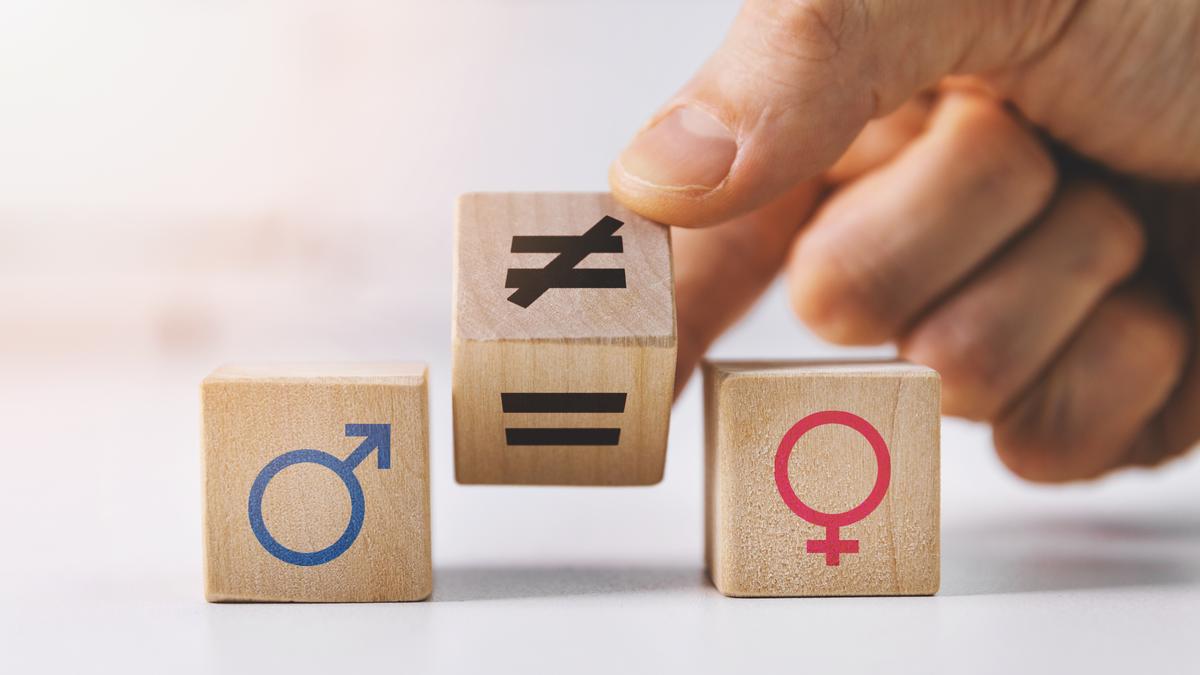Image for representation.
| Photo Credit: Getty Images/iStockphoto
The story so far:India dropped two places in the World Economic Forum’s Global Gender Gap Index for 2025, slipping to the 131st rank out of 148 countries. While the gender gap has narrowed or remained stable in the case of three categories — economic participation and opportunity; educational attainment; health and survival — it has worsened in the case of political empowerment. At a time when rising numbers of women are voting in elections, the number of women in the highest halls of power remain stubbornly low. This is set to change in 2029, when mandatory 33% reservation for women in State and national legislatures is set to kick in, but steps need to be taken to ensure the benefits of this law extend to the long term.
What led to the drop?
The Index uses three indicators to assess political empowerment, with India falling in two — the percentage of women in Parliament, which dropped from 14.7% (78 MPs) in 2024 to 13.79% (74 MPs) in 2025 after the general election for the 18th Lok Sabha; and the percentage of women in ministerial positions, which dropped from an already abysmal 6.45% in 2024 to just 5.56% in 2025.
What will change after women’s reservation?
The legislation for 33% reservation for women in the Lok Sabha and in State legislatures was passed after a long wait in 2023, but as it is tied to a new Census and delimitation exercise, it can only be implemented from the 2029 general election at the earliest. Women’s representation in the Lok Sabha has ranged from 3.4% in 1977 to 14% in 2019. At the time of the passage of the women’s reservation legislation in 2023, women accounted for only 9% of MLAs in State Assemblies, with Chhattisgarh having the highest representation (18% women MLAs), while Himachal Pradesh had just one woman MLA and Mizoram had none. Jacking these figures up to at least 33% will give a significant boost to India’s political empowerment scores.
The catch is that reservation is only valid for 15 years from the time the law passes, meaning that it is likely to be implemented in only two general election cycles, 2029 and 2034, raising concerns about the sustainability of gains women would make in this period. Also, while more women may become MPs, it remains to be seen if ruling parties also appoint them to ministerial roles in higher numbers, increasing their representation in actual governance. Despite the three-decade old 33% reservation for women at the panchayat and municipality level, which has been increased to 50% in most States, there is no clear pipeline to draw such local leaders into State-level politics.
Does the rise in women voters matter?
Back in 1952, 28 lakh women were excluded from voting in the general election as they were listed on the electoral rolls only as someone’s mother or wife, with their own names missing. The gender gap among voters has narrowed speedily since then, from 17 percentage points in 1962 to less than two percentage points in 2014. In fact, in the last two general elections, women voters have actually overtaken men, though this can also be partially attributed to rising male migration for employment, leaving men unable to vote in their home States. The rising numbers of women voting has led to political parties wooing women as a votebank, with a slew of welfare schemes aimed at women, ranging from free bicycles for girls to a monthly allowance for poorer women.
How to increase women candidates?
The trend with respect to women voters, however, has not translated into an increase in women’s representation. “Political parties continue to give lower representation to women candidates in so-called ‘good seats’, often citing a lack of winnability,” says Rahul Verma, a political scientist at the Centre for Policy Research, noting that many parties field women in seats reserved for Scheduled Caste/Tribe candidates, in a bid to offset that quota.
“Women voters do not automatically vote for women candidates. Gender is not like caste, where voters may vote on the basis of identity. Women are much more practical, looking for actual programmatic delivery,” says Tara Krishnaswamy of Political Shakti, a non-partisan group working to improve women’s representation in politics. However, she dismisses parties’ excuses that women candidates are not winnable. “In every general election since 1952, women candidates have had a higher winning percentage in comparison to men. The problem is that women do not make it to the candidates list… Women candidates in the lists of recognised parties average about 8% or 9%,” she says.
Published – June 29, 2025 02:40 am IST
